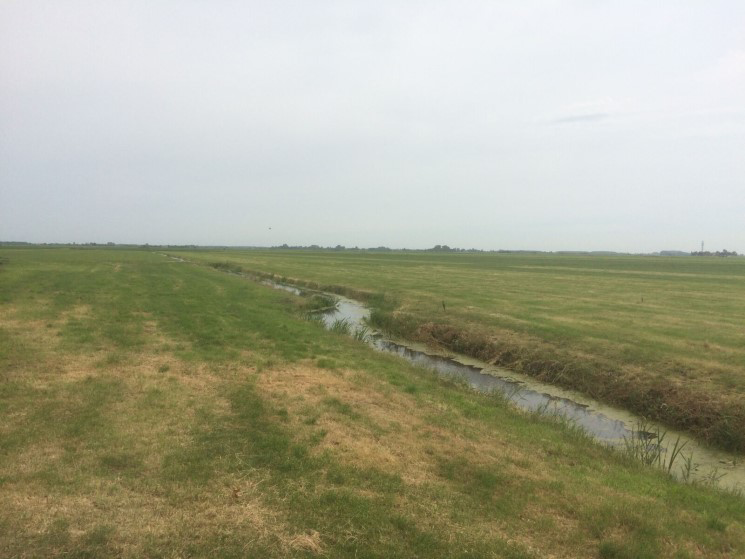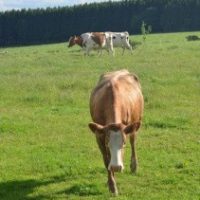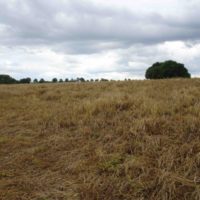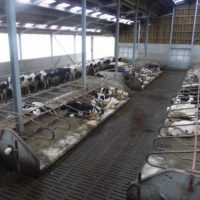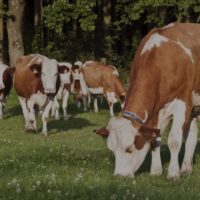Mice damage in grassland
Description
Gosse de Vries is a dairy farmer in the northern part of the Netherlands, in the province Friesland. Mice damage in his grassland is a problem for the quality of his grassland and the food security for his cows.
In the winter 2014-2015 there was an explosion of the mice population and the damage of his grassland was enormous. He had to renew almost his whole area of grassland. In the spring and summer of 2015 he had an dramatic harvest. The mice damage gave a huge negative economic effects.
Gosse de Vries is now looking for precautionary actions for mice damage by making his area unattractive for mice with innovations for a higher (ground-)water level.
Reason for the innovation
The strategy of the farmer is based on making his area unattractive for mice by looking for innovative measures to create a (temporary) higher (ground-)water level.
- Achievements: (looking for) precautionary actions for mice damage through steering the (ground-)water level
- Results: different knowledge available and possibilities in the scope, but no results yet
Farm description
Environment
- Soil: Clay
- Climate: Temperate oceanic
- Altitude: ±sea level
- Slope: flat
Grassland management
- Grazing: No
- Grazing management: no grazing, only mowing for silage
- Main composition grassland: Perennial ryegrass
Structure
- Annual work units (AWU): 2
- Agricultural Area 80 ha UAA
- Permanent grassland 71,5 ha
- Corn silage 8,5 ha
- Production method: Conventional
- Stock
- 130 dairy cows
- 100 young stock
- Breed Holstein-Friesian
Animal performance
- Milk production: 7500 kg/year
Why it is working
The innovation is successful on this farm because:
- risk management:
- the (economic) need to prevent mice damage, no repeat of the situation in 2014-2015.
- the conditions in the area are very attractive for mice at the moment.
- other positive effects from the possible innovations for a sustainable grassland management on peat soil.
Additional information
| Farming system | conventional farming |
|---|---|
| Domains of innovation | landscape, machinery, tools |
| Main types of animal | dairy cattle |
| Country | The Netherlands |
| Product type | Farmer portrait |
| Language | English |
